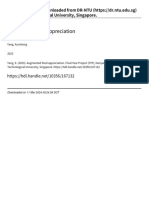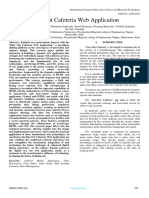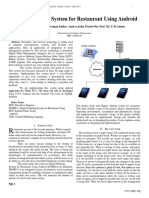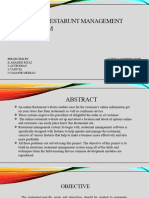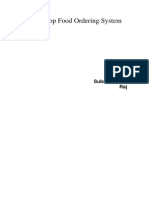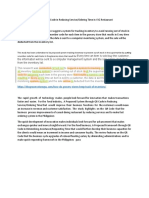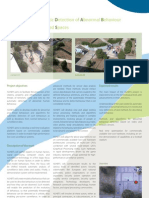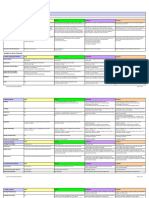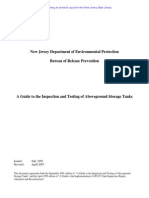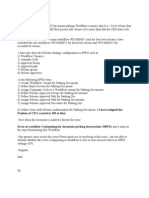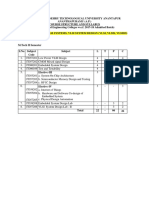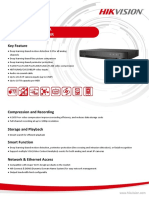0% found this document useful (0 votes)
45 views9 pagesWebXR Menu Card Research Paper
The document discusses the transformative impact of WebXR menu cards in the hospitality industry, combining Augmented Reality (AR) and WebXR technologies to enhance customer engagement and dining experiences. It outlines the methodology for creating and implementing these digital menu cards, highlighting their ability to present culinary offerings in immersive 3D environments. The paper also addresses limitations and future research areas, emphasizing the potential for WebXR menu cards to redefine restaurant interactions and improve customer satisfaction.
Uploaded by
Yashraj PatilCopyright
© © All Rights Reserved
We take content rights seriously. If you suspect this is your content, claim it here.
Available Formats
Download as DOCX, PDF, TXT or read online on Scribd
0% found this document useful (0 votes)
45 views9 pagesWebXR Menu Card Research Paper
The document discusses the transformative impact of WebXR menu cards in the hospitality industry, combining Augmented Reality (AR) and WebXR technologies to enhance customer engagement and dining experiences. It outlines the methodology for creating and implementing these digital menu cards, highlighting their ability to present culinary offerings in immersive 3D environments. The paper also addresses limitations and future research areas, emphasizing the potential for WebXR menu cards to redefine restaurant interactions and improve customer satisfaction.
Uploaded by
Yashraj PatilCopyright
© © All Rights Reserved
We take content rights seriously. If you suspect this is your content, claim it here.
Available Formats
Download as DOCX, PDF, TXT or read online on Scribd
/ 9


